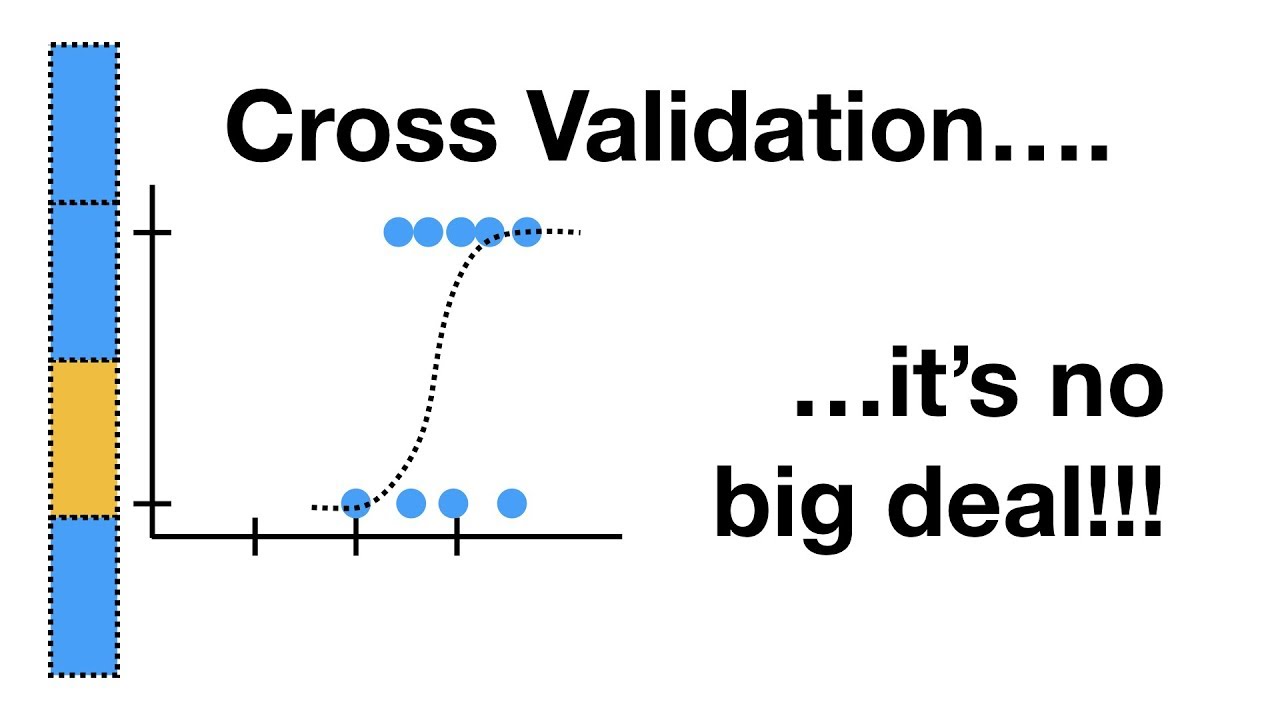Cross-Validation is a technique used in computing to assess the accuracy of a predictive model. It is also known as “out-of-sample testing” and “rotation estimation”. Cross-Validation is often used in machine learning and statistical inference to estimate the performance of a model on unseen data. The basic idea is to partition data into a “training set” and a “validation set”. The model is then trained on the “training set” and evaluated on the “validation set”.
Cross-Validation is most commonly employed with classification and regression algorithms. This process requires iteratively partitioning available data into two or more sets. The basic definition of cross-validation is to use a subset of data for training and an unseen subset of data for testing. This allows for the performance of the algorithm to be more accurately evaluated and for better generalization of the results on unseen data.
Cross-Validation is typically used in machine learning and other data mining scenarios. It can help to avoid overfitting, which occurs when a model attempts to fit the data too closely and misses a true underlying pattern. Cross-Validation helps to ensure that the model is tested on unseen data, so that it will be more accurate and reliable when deployed in production.
Cross-Validation is an important part of model evaluation and selection, as it can help a researcher to decide which model or algorithm will perform best in practice. It is also effective in helping to identify the best parameter setup with a given dataset, which can improve the accuracy of the model. Finally, Cross-Validation can be used to assess the reliability of a given predictive model or algorithm.





